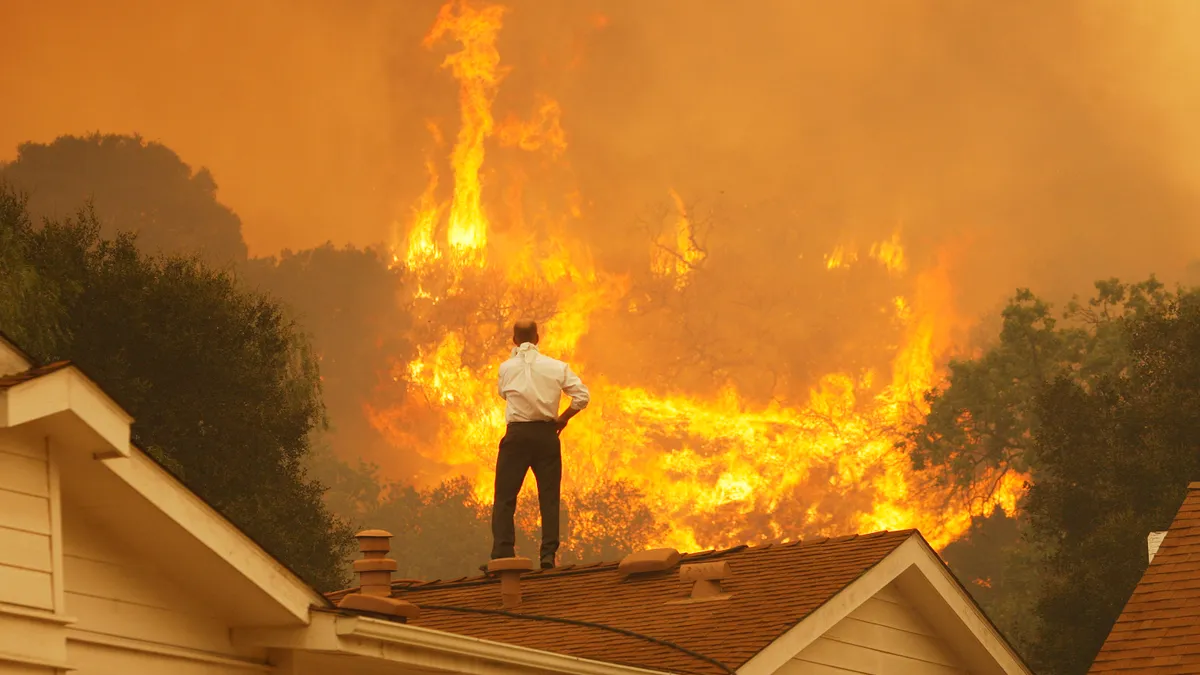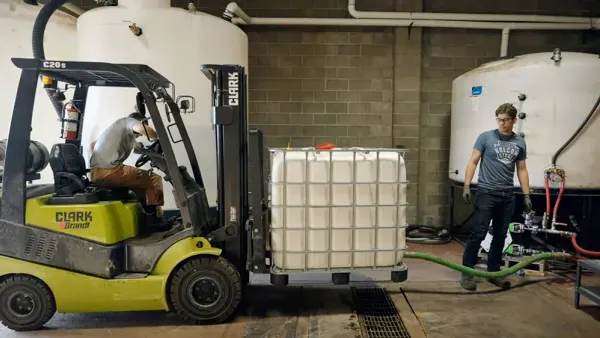Dive Brief:
- The increasing frequency and severity of climate change and related weather events has led to 40% of all severe weather events going uninsured, Randal Waters, senior vice president of emerging risks at Marsh McLennan — a professional services firm with businesses in insurance brokerage, risk management and more — told GreenBiz24 attendees Tuesday.
- During the panel, which focused on the relationship between insurance and climate change adaptation, Waters said this lack of insurance leads to an estimated $130 million protection shortfall that is continuing to grow and is exacerbated by equity issues, with people increasingly moving to areas that are at a higher risk of effects.
- The insurance industry needs to adapt from a reactionary posture and begin rewarding companies that are focused on adapting and transition technology, Waters added.
Dive Insight:
PHOENIX — The insurance gap represents a continuing physical risk to the industry, “nevermind transition risk or legal risk,” Steven Rothstein, managing director of the Ceres Accelerator for Sustainable Markets said during the panel discussion.
California, Oregon and Washington’s insurance regulators recently performed what they believe is the first climate-focused industry “stress test” looking at insurance companies’ investments, Barbara Richardson, director of Arizona’s Department of Insurance noted. In the Feb. 6 report, regulators found that insurance companies without a long term plan to transition from fossil fuel investments face potential losses ranging from $7 billion to $40 billion, depending on whether they face a delayed “shock transition” in 2026 or 2034.
Richardson said insurance companies in states struggling with climate change have tended to leave the state markets entirely in states like Florida, North Carolina, Alabama and increasingly in the West.
“The insurance industry is looking for answers because right now they are by themselves [and] they are sitting there struggling,” Richardson said.
Richardson said Arizona has begun looking at 41 fire prone areas, with three acknowledging their area is fire-prone, to help get ahead of potential threats and help residents of those areas keep their insurance. Insurance companies looking to keep pace with the severity of climate events should take similarly proactive steps, and analyze how their business models are expected to fare with the changing environment, according to law firm Skadden.
2023 marked the fourth consecutive year climate-related disasters accounted for more than $100 billion in insurance claims, Danielle Cagan, vice president of corporate communications for the CSAA Insurance Group. CSAA insures AAA’s $6 billion in automotive, home and pet insurance lines and is headquartered in California.
“We've all heard the statistics for 2023, the hottest year on record, etc.,” Cagan said. “It is real, we see the impact of it, and it's not just newspaper articles and stories and research. No, I and others are on the ground meeting with people after they flee their homes. Believe me, it's heartbreaking.”
Cagan said, in addition to making sure the insurers have access to enough capital for policyholders’ rising claims, CSAA is focusing on innovation, mitigation and understanding the impacts of the rapidly changing climate.










